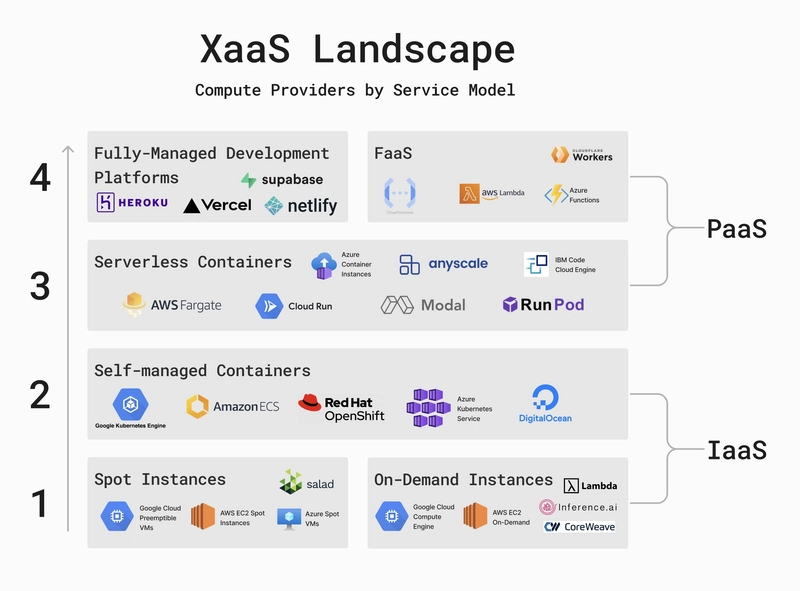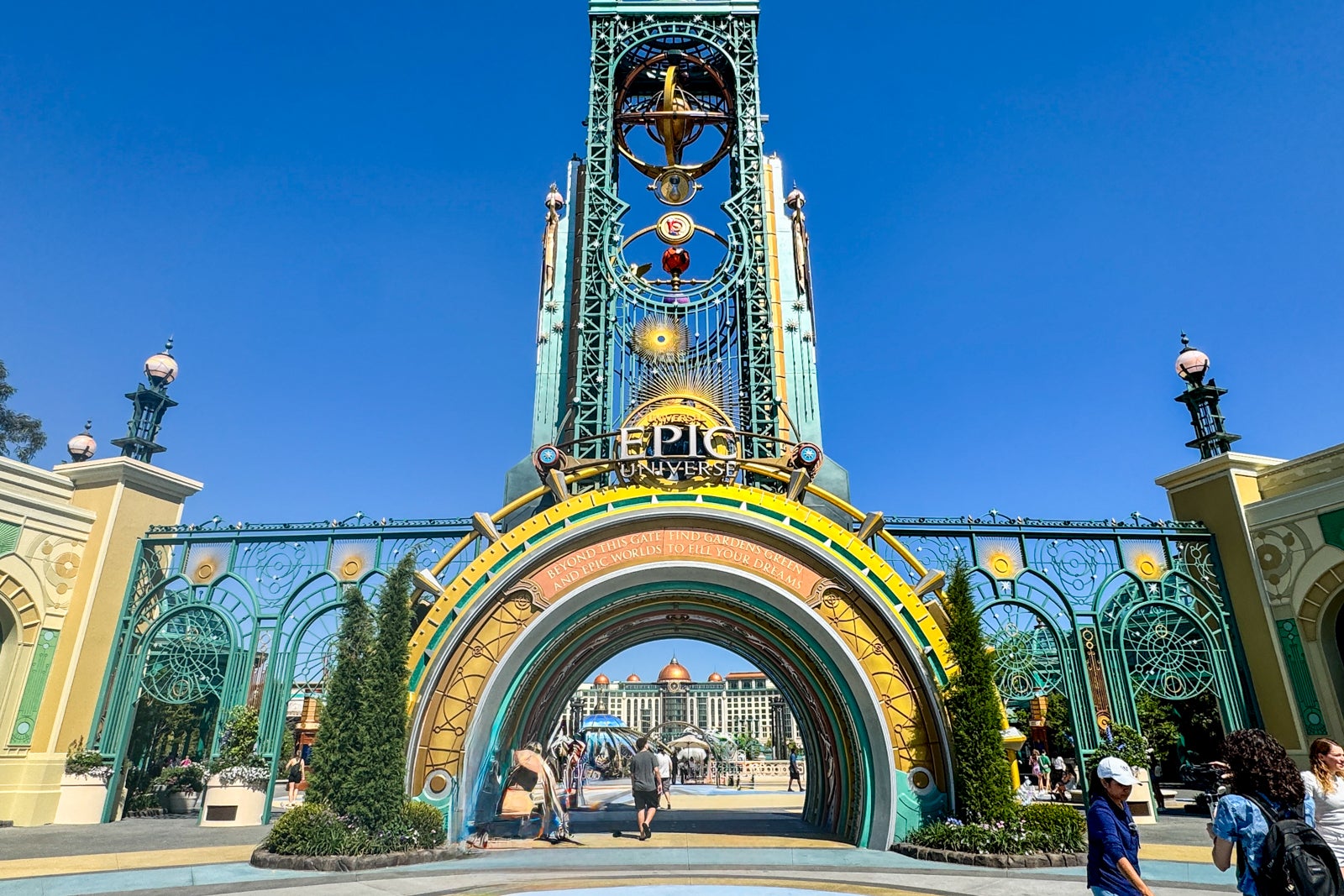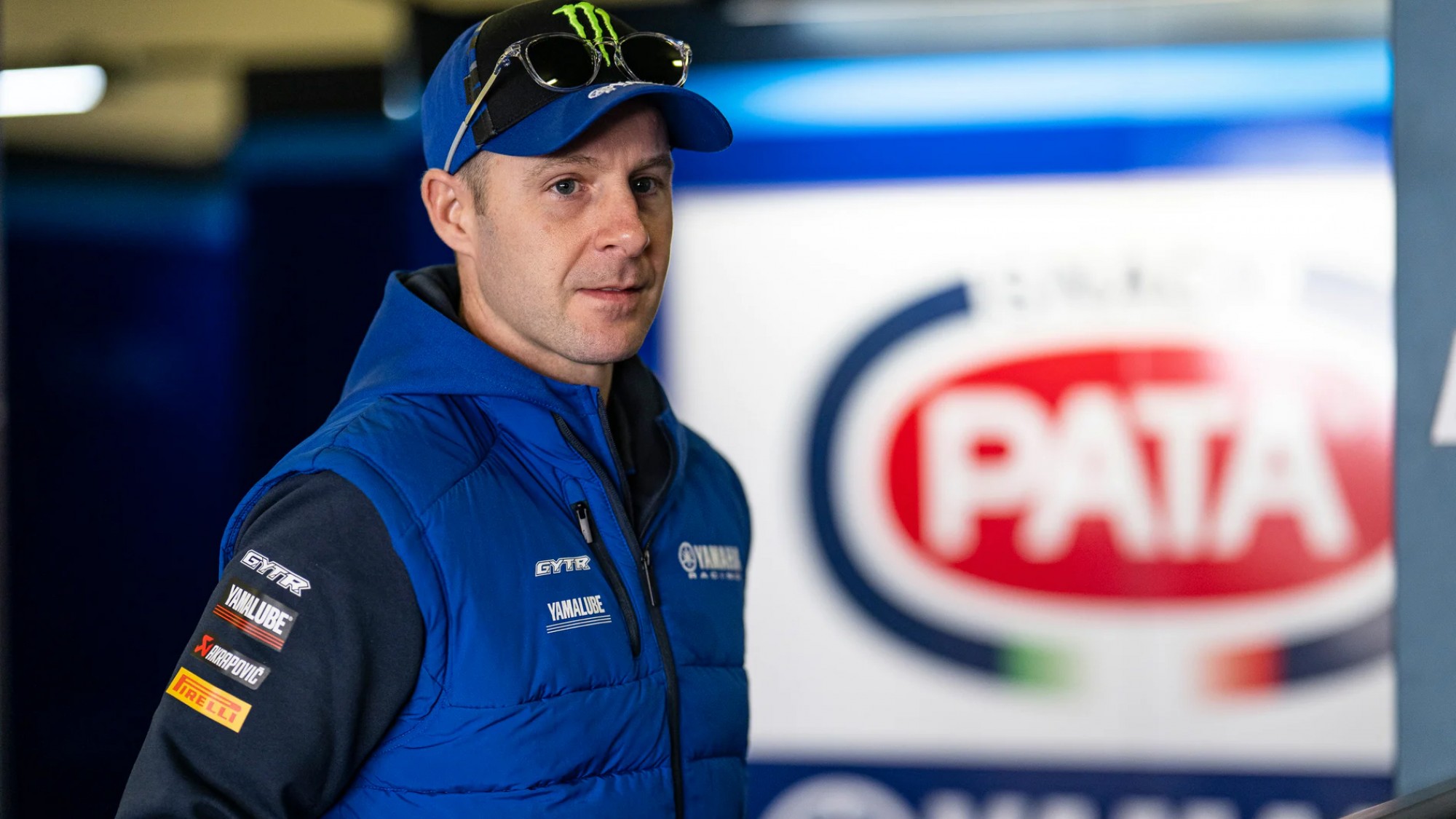Rolls-Royce Phantom Turns 100: A Look at the Luxury Icon’s History
Luxury cars like the Rolls-Royce Phantom can be obnoxiously grandiose, but after being among the best luxury cars in the world for 100 years, perhaps it's earned that right. The post Rolls-Royce Phantom Turns 100: A Look at the Luxury Icon’s History appeared first on The Drive.

When a car brand turns 100, it’s a big deal. Crossing the century mark is huge for any company, in any market. But Rolls-Royce has been around for so long that it now has a product turning 100 years old: The Phantom. That makes the luxury icon older than most other brands.
The Phantom first launched in 1925, back when Rolls was still mostly building rolling chassis for coachbuilders to put their own bodies on. While it was widely considered one of the most luxurious cars in the world, it gained fame in 1927, when movie stars and Hollywood studio heads famously bought Phantoms for themselves. Warner Brothers co-founder Jack Warner had one, and so did Greta Garbo and Fred Astaire. Silent movie star Mary Pickford not only had one but she had it customized with a secret booze compartment, to keep her stash hidden from prohibition-era Johnny Law.



In 1929, Rolls launched the Phantom II with a revised 7.7-liter straight-six engine. The Phantom didn’t get the now-iconic V12 until its third generation in 1936. Like a lot of others, Rolls-Royce took a break from developing cars during WWII, but that doesn’t mean the manufacturer stopped making an impact. During WWII, British Field Marshal Bernard Law Montgomery used a Phantom III as his daily driver, despite being known for leading such a simple lifestyle that he earned the nickname “Spartan General.” Montgomery even used the Phantom III to transport Winston Churchill, General Eisenhower, and King George VI to and from planning sessions for the invasion of D-Day at Allied headquarters in the UK.
The following Phantom IV didn’t launch until well after the war in 1950. It was subtler, though, possibly in keeping with the humbled post-war tone of the nation. It was shorter than the Phantom III and featured a kneeling version of the iconic “Spirit of Ecstasy” hood ornament adorning its exclusively coachbuilt chassis.





Such subtleties didn’t last long, though. In 1959, the Phantom V launched and was so long, at almost 19 feet, it’s rumored that the mandatory minimum length of British curbside parking spaces was elongated to accommodate it. The Phantom V is what made the nameplate most famous, with an iconic owners list that included Queen Elizabeth II, Elton John, Elvis Presley, and John Lennon. Lennon’s was the most famous—and infamous—as his car was originally all black and was one of the first factory British cars to have tinted windows. However, after the enormous success of The Beatles’ album Sgt. Pepper’s Lonely Hearts Club Band, Lennon had the Phantom V painted bright yellow and given a swirly, flowery livery that upset Rolls-Royce purists.
Rolls faced a bit of a rough stretch after the Phantom V. In 1973, Rolls-Royce Motors was separated from the larger, nationalized Rolls-Royce Limited, and it produced cars under both the Rolls-Royce and Bentley nameplates. The Phantom VI launched in 1968 and was refreshed in 1973, but was largely the same as the Phantom V and wasn’t very successful, with only 374 models sold. In 1980, Rolls-Royce Motors was bought by Vickers, who then technically sold the company to Volkswagen in 1998. However, BMW bought the rights to the Rolls-Royce name and trademark from Vickers. BMW then brought the Rolls-Royce nameplate back with the first new generation of Phantom in decades. The Phantom VII was based on a BMW 7 Series and featured radically different styling than anything the British brand had ever done before, but it still felt absurdly opulent. It even spawned a convertible version: the Phantom Drophead Coupe.





Now, the Phantom VIII keeps the century-old tradition alive with a level of luxury that borders on madness. While it isn’t coachbuilt like the first few generations of Phantom, it can still be ordered with a level of bespoke customization that shames almost any other brand on the market. Even after 100 years, the Phantom is still the go-to luxury car for the uber rich and powerful, as nothing screams sophisticated power like one of these. It’s a model line that survived a world war, a brand separation, and two brand takeovers by outside companies without losing its reputation. And even though it’s easy to shun overly luxurious cars for their often socially tone-deaf grandiosity, there’s something about the Phantom that I’ve always liked. Maybe because, after 100 years of existence, it’s earned the right to be grandiose.
Got tips? Send ’em to tips@thedrive.com
The post Rolls-Royce Phantom Turns 100: A Look at the Luxury Icon’s History appeared first on The Drive.





































































